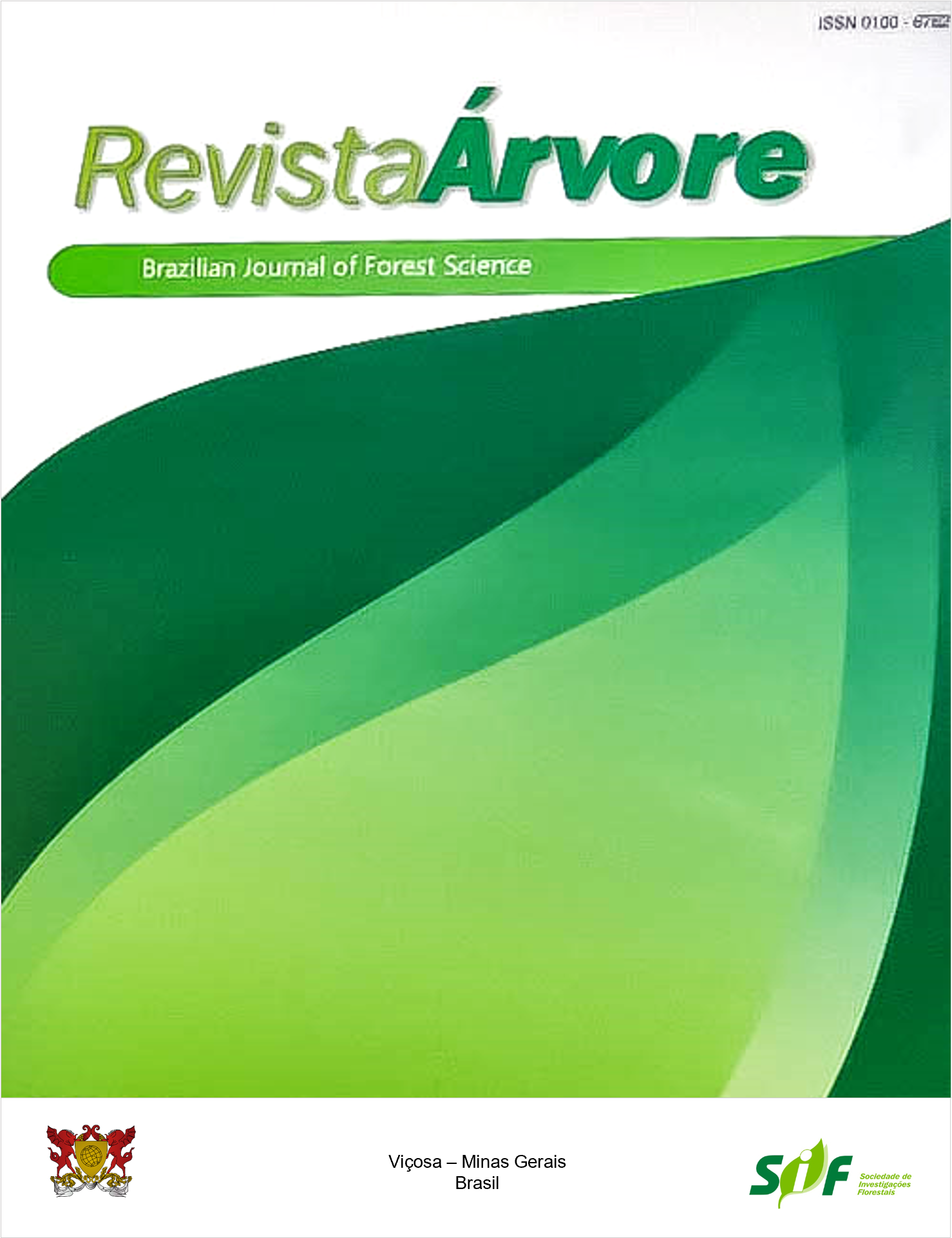EFFECTS OF DEGRADATION ON SOIL ATTRIBUTES UNDER CAATINGA IN THE BRAZILIAN SEMI-ARID
Keywords:
Desertification, Carbon Stock, Ecosystem ServicesAbstract
Anthropic activities in their various aspects have promoted soil degradation in the Brazilian semi-arid region (SAB). As a result, significant losses in productivity and in the ability of soils to fulfill their ecological functions have been reported. The present study investigated the effects of degradation on soil attributes and properties under dense (CAD) and sparse (CAE) shrubby Caatinga in Campina Grande, PB, Brazil. Samples from the 0-20 cm layer of soil were investigated via physical (particle size distribution and soil density), chemical (acidity, electrical conductivity, macronutrients, soil organic matter) and microbiological attributes (microbial biomass carbon (C-BMS), basal respiration of the soil (RBS) and metabolic quotient (qCO2) Data were submitted to the Mann-Whitney Test and Principal Component Analysis (PCA). Anthropic actions on the CAE promoted the exposure of the saprolitic layer on the surface. This layer has imperfect drainage, low levels of nutrients and organic matter and high sodicity, which contributes to the slow regeneration of vegetation. Carbon stock and microbial activity are significantly lower in CAE compared to CAD. Degradation resulted in losses of supporting ecosystem services (nutrient cycling and primary production) and regulation (erosion control and climate regulation). The results can be used to understand the dynamics of landscapes of low complexity (high degradation) in the SAB and serve as a framework to find strategies to restore the productive capacity of extensive degraded and/or desertified areas in the SAB.
Keywords: Ecosystem Services; Desertification; Carbon Stock
Downloads
Published
How to Cite
Issue
Section
License
All authors agreed to submit the work to Revista Árvore and granted the exclusive license to publish the article. The authors affirm that it is an original work and has not been previously published elsewhere. The scientific content and opinions expressed in the article are the sole responsibility of the authors and reflect their opinions, not necessarily representing the opinions of the editorial board of Revista Árvore or of the Society of Forest Investigations (SIF).




